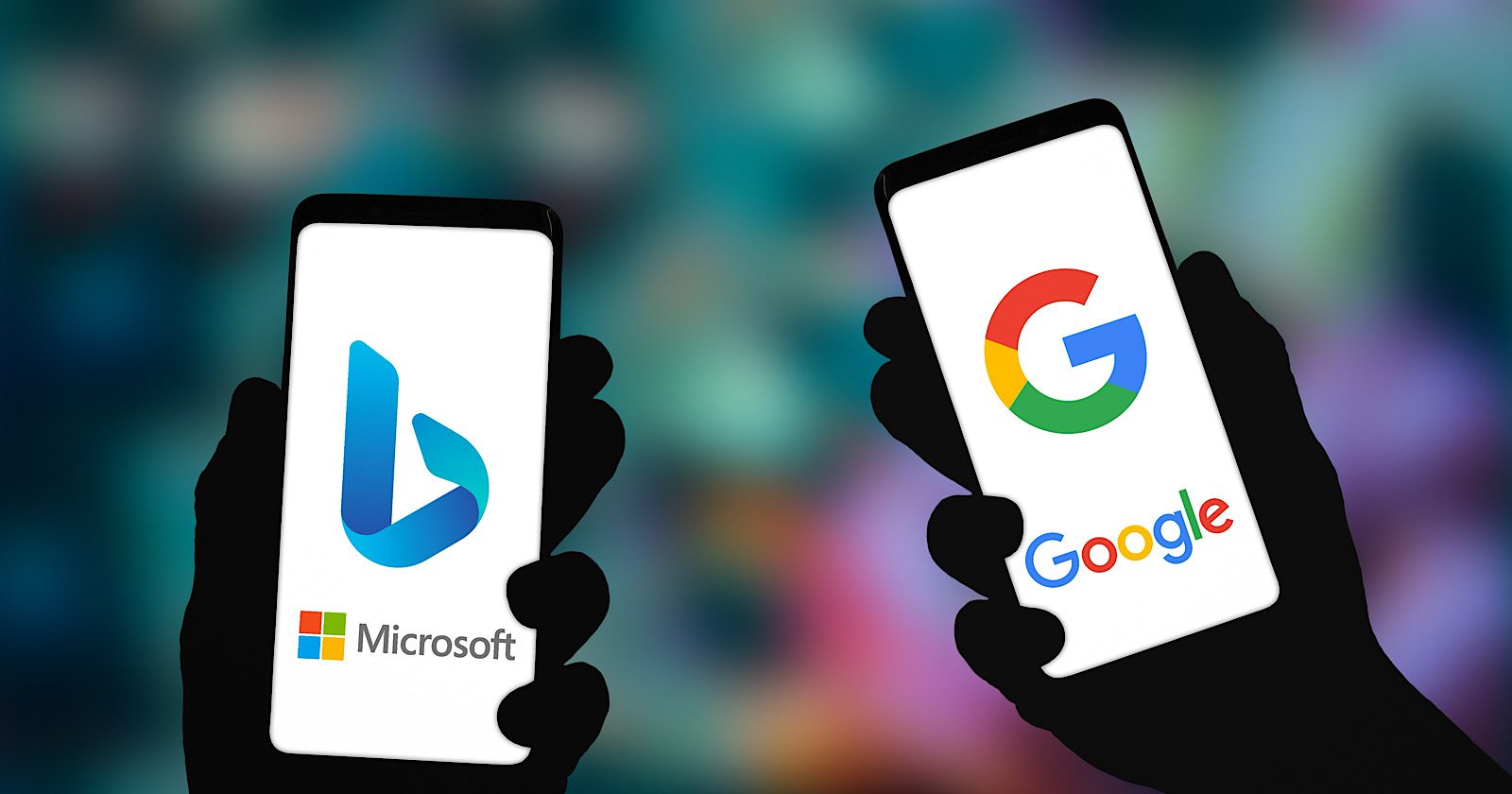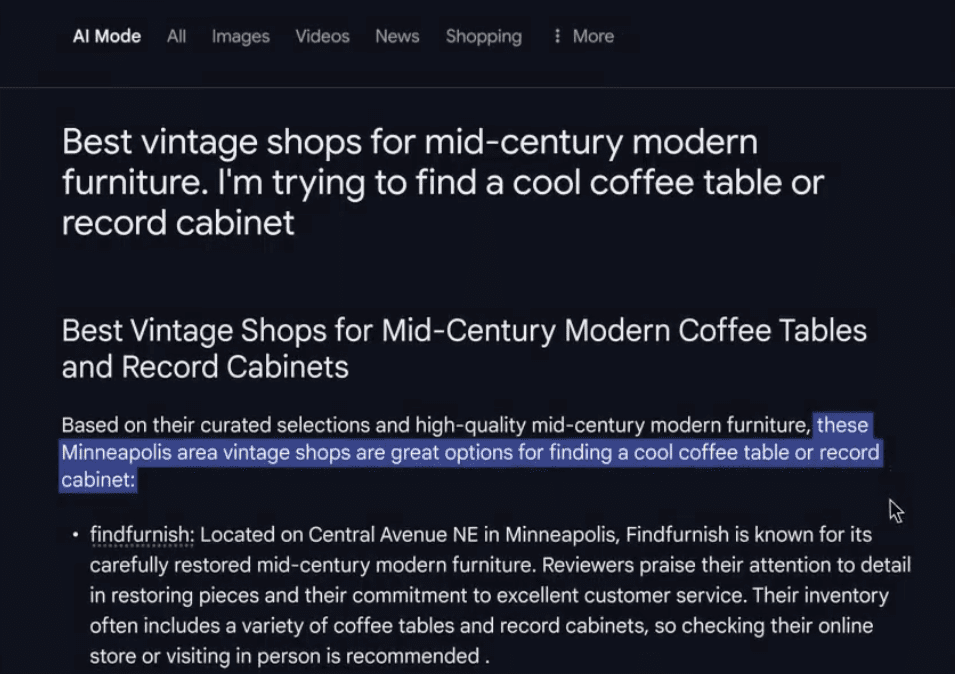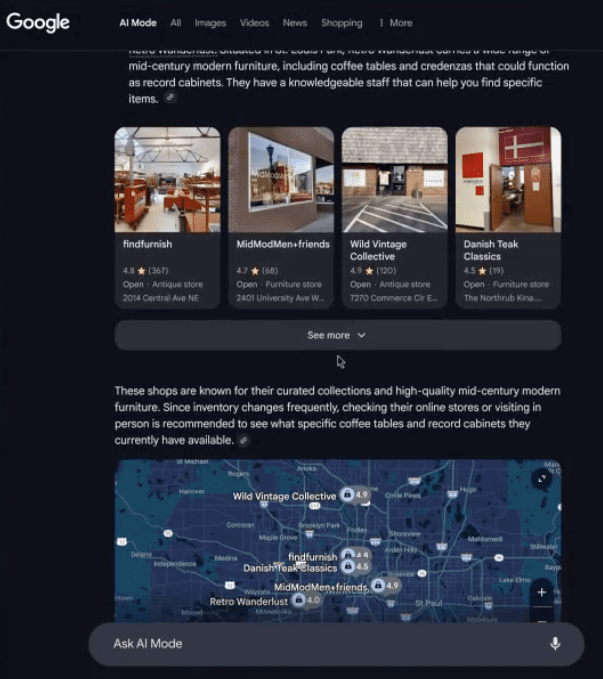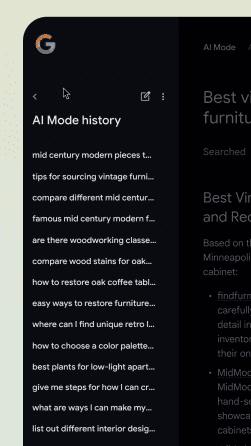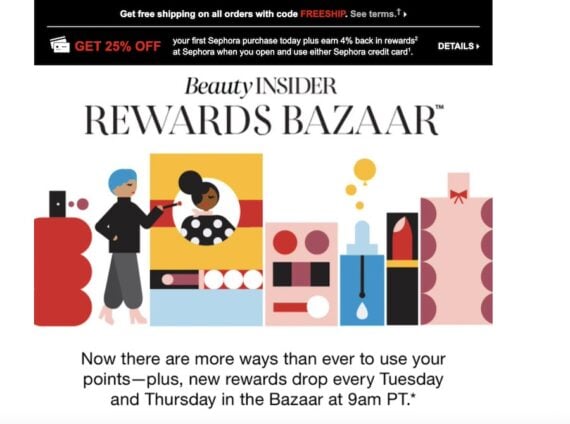Chief marketing officers should evaluate and synthesize success stories to learn from past marketing efforts, identify repeatable strategies, and demonstrate the return on investment (ROI) of their work to stakeholders.
Ultimately, this can help to drive better future campaigns and business outcomes.
As Steve Jobs once observed, “The most powerful person in the world is the storyteller. The storyteller sets the vision, values, and agenda of an entire generation that is to come.”
Telling Stories To Manage Change And Uncertainty
Storytelling is important because it’s a fundamental way that humans connect, share experiences, and learn.
It fosters empathy, creativity, and emotional intelligence while also helping to build relationships, convey complex ideas, and inspire action.
Mondelēz International, a Fortune 500 company in over 150 countries, generated around $36 billion in net revenue in 2024.
Its well-known international and local brands include Oreo, Ritz, and Tate’s Bake Shop cookies and baked goods, along with chocolate favorites like Cadbury Dairy Milk and Toblerone.
(Disclosure: I was a member of a team of subject matter experts who taught a bespoke digital marketing training program for hundreds of marketers at Mondelēz International. I can share its story now without violating my non-disclosure agreement because it has since made this information public.)
Mondelēz International’s Journey To Customer-Centric Growth
The challenge for any Fortune 500 CMO is navigating the ever-evolving consumer behavior and technological advancements.
Mondelēz International, a global snack giant, offers a compelling blueprint for not only reacting to change, but also proactively shaping it.
Its journey, spanning several years, highlights the critical elements of foresight, collaboration, and a deep commitment to understanding the customer.
Embracing Empathy At Scale
Back in 2019, Mondelēz recognized a fundamental shift in consumer expectations. The desire for generic brand messaging was waning, replaced by a craving for familiarity and personalization.
This insight spurred a strategic pivot, moving the company from a margin-focused approach to one centered on growth, fueled by increased marketing investment and a concept it termed “empathy at scale.”
This wasn’t just about collecting data; it was about establishing the right connection with the right customer at the right time.
The early days of the pandemic underscored the wisdom of this shift.
While consumer behavior was in flux, Mondelēz’s prior investment in digital maturity and flexibility provided the agility needed to adapt.
The bedrock of this strategy was a profound understanding of its consumers, allowing it to create genuine value, a principle that remains timeless in the face of uncertainty.
Mondelez India’s Automation-Driven Success
Mondelez India has achieved remarkable success through automation, particularly in the diverse Indian market.
Its innovative approach to ad personalization has demonstrated the transformative power of marketing automation and machine learning in creating deep customer connections and driving significant sales.
During the Diwali festive season, Mondelez India recognized the immense value of local relevance for its Cadbury Celebrations gift boxes.
It ingeniously leveraged voice AI and ML to create ads featuring megastar Shah Rukh Khan, in which he personally named local stores selling their products.
This technology enabled the efficient generation of a staggering 130,000 videos, each tailored to a specific store.
Using YouTube’s advanced contextual targeting, the campaign matched ad versions with the right audience based on their proximity to local stores.
This hyper-local approach resonated strongly, resulting in a 60% increase in YouTube engagement, 42% growth in sales at local stores, and 33 million gift boxes sold during the festive season. The campaign underscored the power of making consumers feel directly seen and acknowledged within their local context.
Mondelez India further pushed the boundaries of ad personalization with its campaign for Perk, a chocolate brand popular among youth.
Recognizing the cultural phenomenon of “cancel culture,” the brand aimed to inject humor and encourage levity.
Using AI to identify 2.5 million of the most searched videos, it created custom disclaimers that playfully warned viewers of potential “triggers” within the content, such as a carrot being aggressively chopped in a cooking video.
These short, pre-roll ads were seamlessly integrated into each of the millions of trending videos using Google’s custom-built API and Director Mix technology.
The campaign’s clever and highly contextualized approach resonated with viewers, bringing in an impressive 84 million views, 635 million impressions, and a 20% spike in sales.
It demonstrated how injecting timely cultural relevance, powered by automation, can capture attention and drive business results.
Bridging The Art And Science Of Marketing
The execution of “empathy at scale” demanded a fundamental transformation in how Mondelēz operated. It wasn’t enough to have insightful data; the brand needed to activate it effectively.
This required a powerful synergy between the “art” of marketing and the “science” of data.
A pivotal element was the strong partnership between the chief marketing and sales officer and the architect of their data infrastructure. This collaboration was the engine driving their digital transformation.
Recognizing the need for robust data management, Mondelēz partnered with Google Cloud to build regional data hubs for first-party data.
Critically, it also invested in training its teams to leverage these new capabilities. This wasn’t just about technology adoption; it was about empowering its people to harness the power of data.
This strategic overhaul yielded impressive results. By integrating previously siloed data, Mondelēz gained a holistic view of its consumers, enabling it to deliver personalized content that cut through the noise.
This human-driven strategic shift, augmented by technology, resulted in significant ROI increases globally and in the U.S., laying a solid foundation for sustained growth.
Leveraging AI To Scale Personalization And Reach New Audiences
The marketing landscape continues to evolve, with audience fragmentation across media platforms becoming a significant challenge.
For brands with deep heritage, like Cadbury, the added complexity lies in extending their reach beyond traditional channels to engage new generations.
The story of Cadbury’s Creme Egg offers a powerful illustration of how to navigate this challenge.
Faced with increased competition and cost-of-living pressures impacting consumer spending, Cadbury recognized the need to connect with Gen Z and Millennials, who were less engaged with traditional TV advertising.
Building on its existing digital presence, particularly on YouTube, the brand explored the potential of AI-powered video advertising. Initially, adapting its existing TV ad for digital seemed like the most cost-effective approach.
However, it discovered that YouTube’s AI ad formats, specifically Video Reach Campaigns, required a diverse range of creative assets built from the ground up. This realization highlighted the importance of platform-specific creative strategies.
Through a collaboration with Google’s Creative Works team and its creative agency VCCP, Cadbury embraced this challenge. It developed a series of assets for an AI-driven campaign centered around its iconic “How do you eat yours?” slogan.
Leveraging consumer research, it highlighted different eating styles, creating quirky and engaging video statements in various formats, from six-second bumpers to longer ads with compelling story arcs.
By providing a diverse content ecosystem, Cadbury empowered YouTube’s AI to effectively match the right Creme Egg message with the right viewer at the right time.
This approach, managed through a single campaign, allowed the AI to optimize ad delivery based on business goals and audience signals far more effectively than manual adjustments.
Despite economic pressures, the success of this AI-powered campaign, which focused on maximizing unique reach, led to increased investment in both production and media, demonstrating the power of AI to enhance campaigns while underscoring the enduring importance of human creativity.
Key Takeaways For CMOs
This series of Mondelēz International case studies offers valuable insights for CMOs seeking to navigate the complexities of modern marketing and foster customer-centric growth.
Several key takeaways emerge from these examples.
1. Customer Empathy Serves As The Foundational Element For Sustainable Growth
Mondelēz’s early recognition of the necessity to prioritize understanding its customers over solely focusing on margin proved pivotal.
This “empathy at scale” approach became the cornerstone of its subsequent achievements.
This goes beyond mere data collection; true empathy involves utilizing those insights to generate genuine value for the customer by deeply understanding their needs and desires.
The resilience of this customer-centric strategy was particularly evident during the pandemic, enabling Mondelēz to adapt swiftly due to its preexisting strong understanding of its consumers.
2. Hyper-Personalization Implemented At Scale Drives Significant Results
The success of Mondelez India with campaigns for Cadbury Celebrations and Perk illustrates the transformative potential of marketing automation and machine learning in delivering personalized experiences on a large scale.
The Cadbury Celebrations campaign brilliantly demonstrated the impact of hyper-local personalization, making consumers feel directly seen and acknowledged within their own communities.
Furthermore, the Perk campaign highlighted the effectiveness of incorporating timely cultural relevance, powered by AI, to cut through the noise and resonate effectively with audiences.
3. Bridging The Gap Between The Art And Science Of Marketing Is Essential For Success
Effective marketing in today’s landscape demands a strong synergy between the creative aspects of marketing and the analytical power of data.
Achieving this requires critical cross-functional collaboration, particularly a strong working relationship between the CMO/CSO and the data infrastructure architect to drive digital transformation.
Investing in robust data infrastructure is only part of the equation; CMOs must also prioritize training their teams to effectively utilize these new capabilities.
Ultimately, integrating siloed data to gain a holistic view of the customer enables more effective personalization and improves overall return on investment.
Summary
While AI is a powerful tool for scaling personalization and reaching new audiences, it necessitates a strategic approach.
AI can assist brands in overcoming the challenge of reaching increasingly fragmented audiences across numerous platforms.
However, it’s crucial to recognize that platform-specific creative is often necessary, as simply repurposing traditional creative for digital platforms may not be optimal.
AI-powered ad formats often require tailored creative strategies developed from the outset.
Despite the capabilities of AI, human creativity remains essential. Compelling and engaging creative, driven by human insights, is still fundamental to campaign success.
Even during periods of economic pressure, investing in AI-powered campaigns focused on maximizing unique reach can yield significant results and justify further investment in this technology.
The Mondelēz journey underscores the importance of a fundamental shift towards customer-centricity, enabled by strategic investments in technology, data, and talent.
By embracing these principles, CMOs can equip their Fortune 500 companies to not only weather the storms of change and uncertainty, but also to emerge stronger and more connected with their customers.
More Resources:
Featured Image: StockLite/Shutterstock


